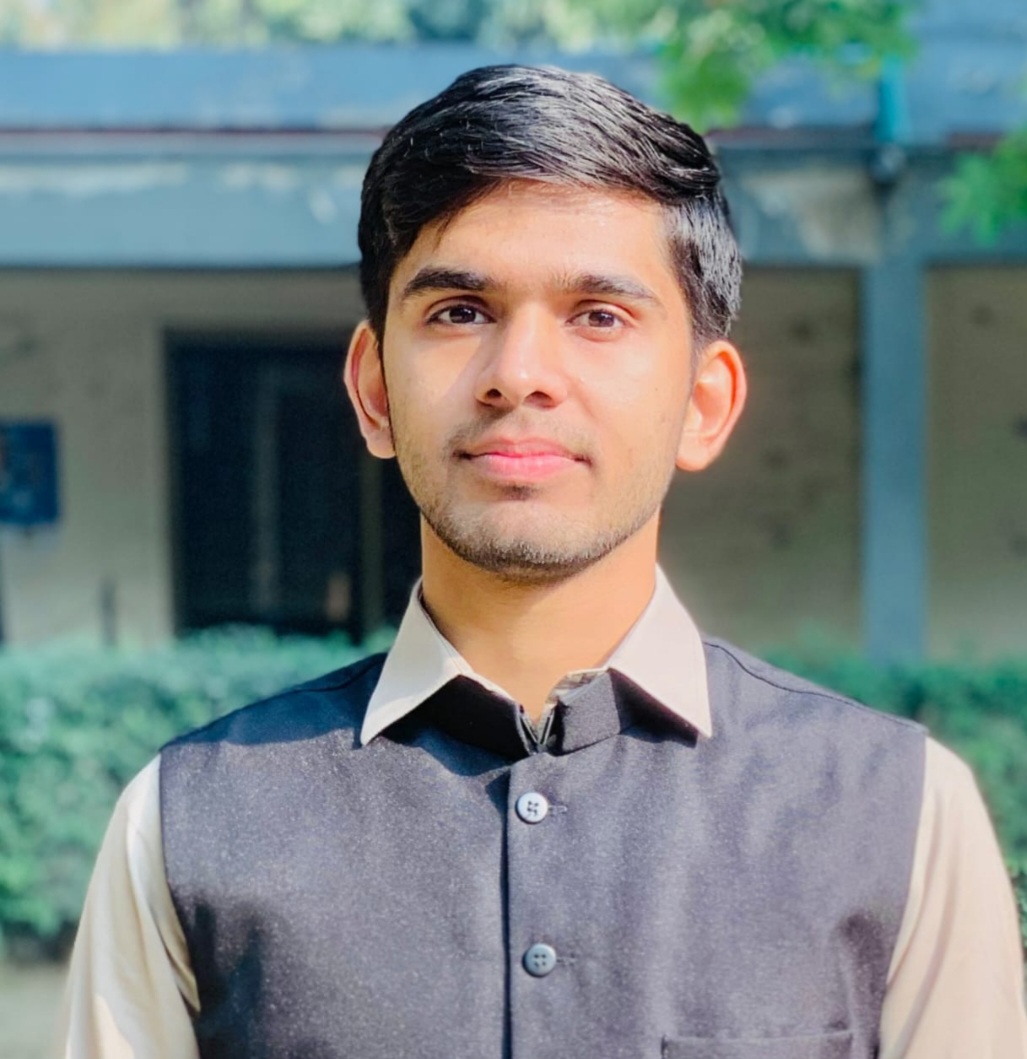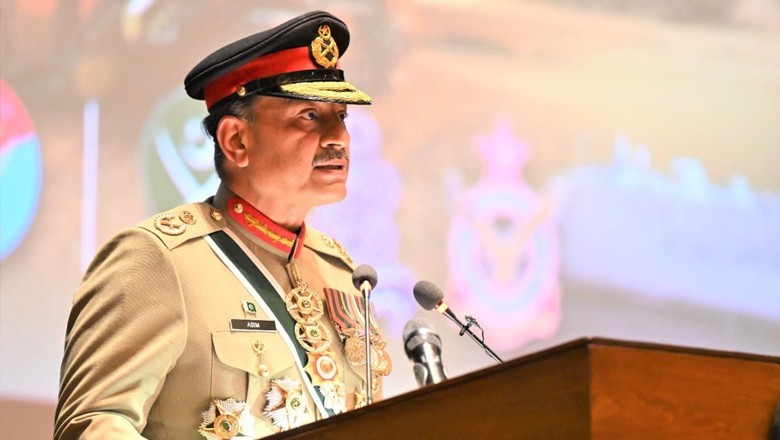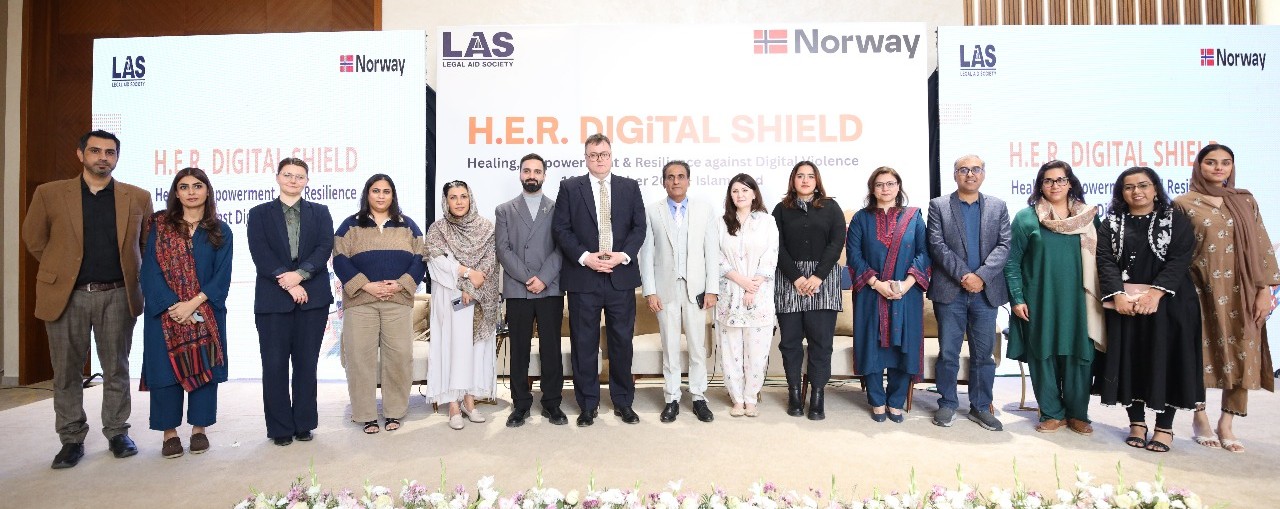Language: Essence of Identity or Distribution
Language: Essence of Identity or Distribution

Language:
Essence of Identity or Distribution
By Syed Ayyaz Hussain
Languages are considered the most important tool of communication. It's a sense, an etiquette, a way of expressing one's thoughts using words, perhaps.
People speaking the same or similar languages show a sense of affection and comfort among themselves. According to ideological theories (Sapir–Whorf Hypothesis, see Whorf, B.L., Language, Thought, and Reality, 1956), people speaking the same languages express and bear similar ideas and have similar ways of living. People feel affection and gratitude towards their mother language. It's a celebration, a color of its own.
Pakistan, in this case though, has a contradiction. The prominent languages of the country are Urdu (the declared national language), English (being an official one), and several regionally different languages like Punjabi, Pashto, Sindhi, Balochi, Saraiki, and Hindko.
Each language is related to one or another yet shows its own color and festivity. These languages could have been a source of enjoyable venture. However, the sectarianism and dominance of one language speaker over others in one section or another.
These differences, which could be celebrated, have become more of a cultural distortion. Yet there is no doubt — absolutely! — that the identity of languages in the country is at stake. But considering the statistics, all are identical in this case. Even the most dominant bull, in extent, Punjabi faces decline itself, even after being the most spoken.
Is Distribution of Land a Solution, Contribution, or Communal War?
If one says that Urdu faces risk of being dissolved or something of higher risk of being forgotten, it's true. But the same goes with Saraiki, which feels the risk of Punjabi developing it as its own identity and history, showing it as its own dialect. But so does with the Jangli, which yet doesn't have such claims, but some encouraging youth shows signs of such movements in the future. Same goes with Hindko, which recalls ancestry of over 5000 years, being threatened by dominance of Pashto or Pakhto. The same goes with Farsi or Persian, which feels a threat from both Pashto and Balochi in the northeast and southwest of the country.
It is important to understand that the identity of cultures, languages, and ethnicities are national assets and should be preserved at all costs. But division of each area or region based on prominent languages would end up the country being divided into countless regions and plenty of provinces in Pakistan’s case — say, utilizing funds and national resources. Even doing all that does not confirm national peace and understanding among masses but might ignite newer feuds.
Division is itself never the solution, although protection and promotion of national and regional languages is also important.
Creation of newer provinces might not be a good idea. Rather, a solution to the linguistic feud should be taken in action. Languages differ mile from mile; even the same language spoken in the same neighborhood differs in dialect. These differences are not bad. Each language represents its own color, which should be used to fill in the life, encourage art, and guide the youth.





No comments yet.